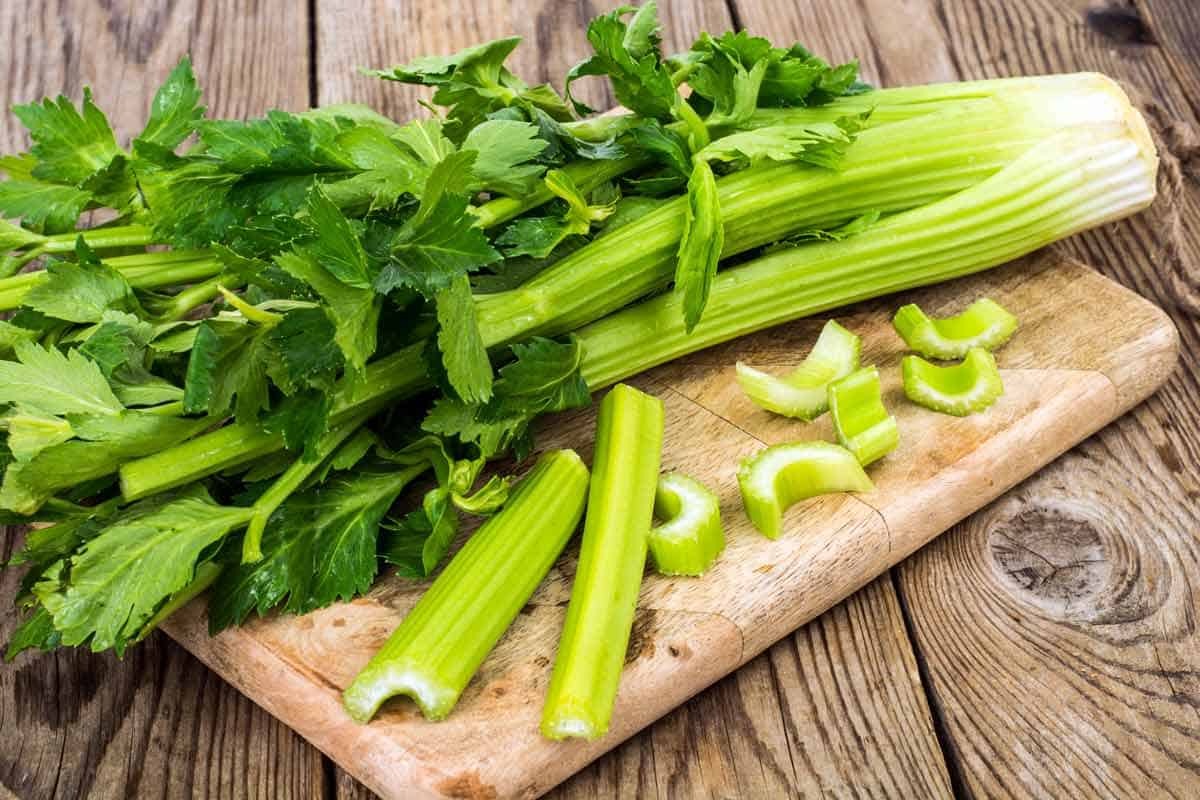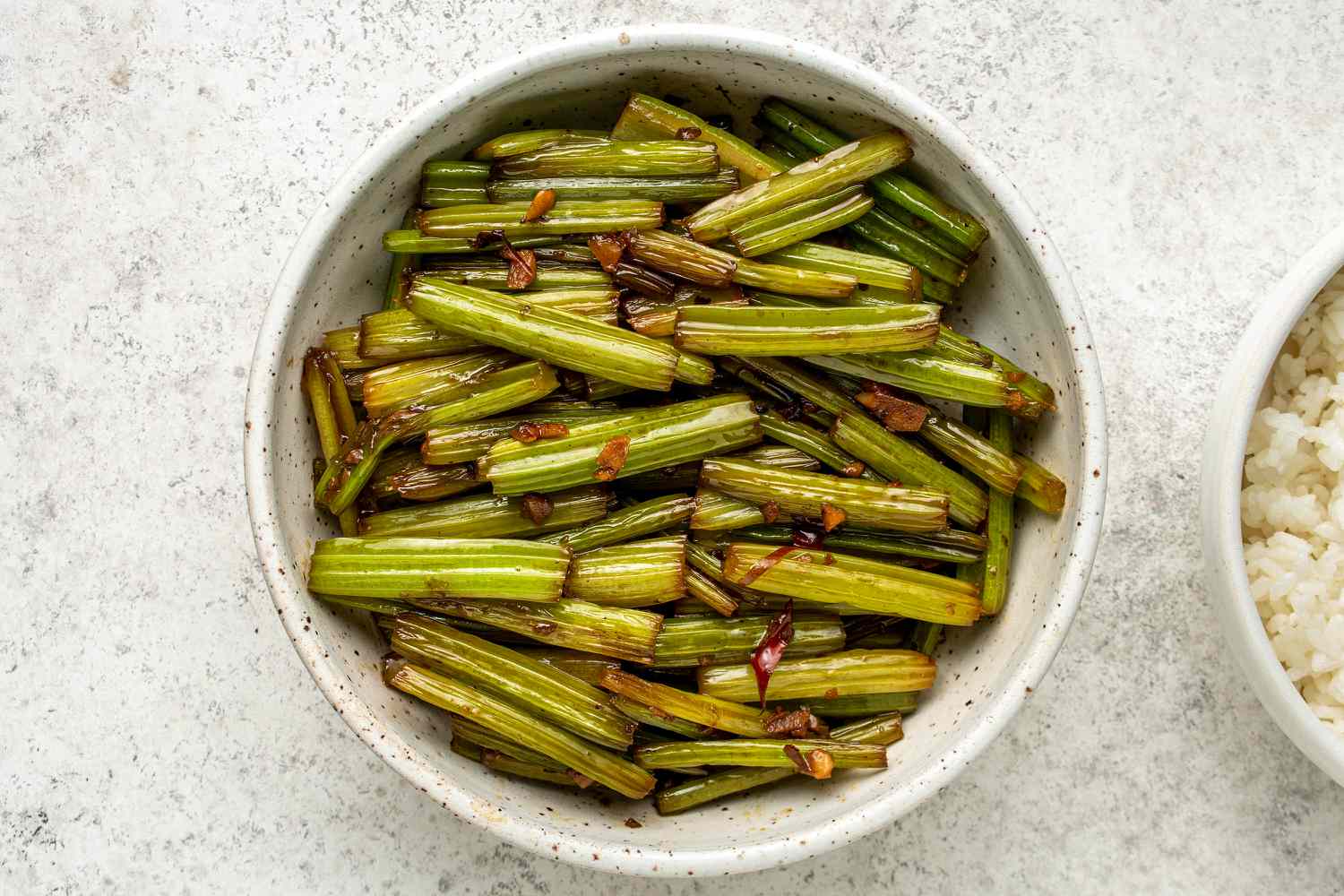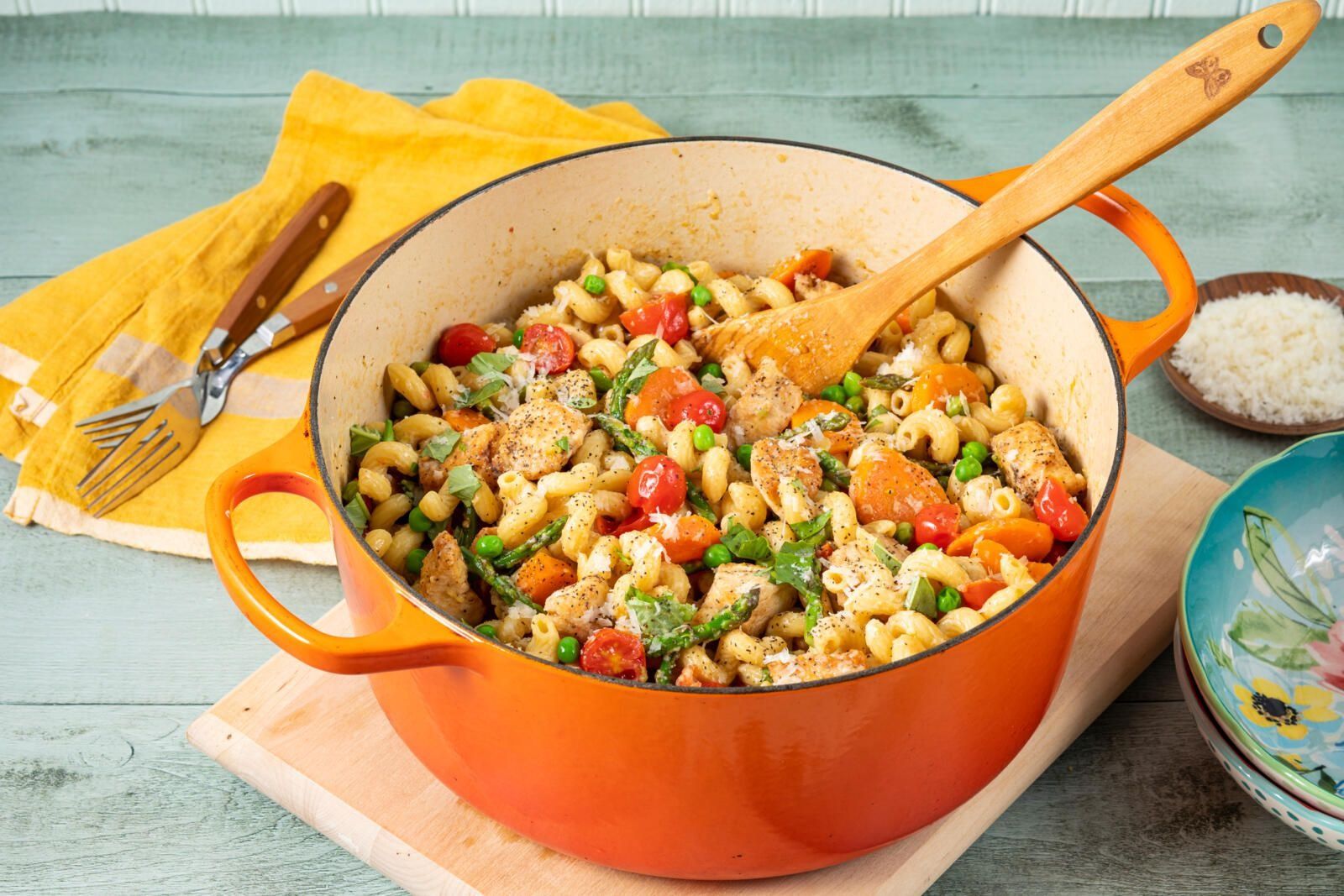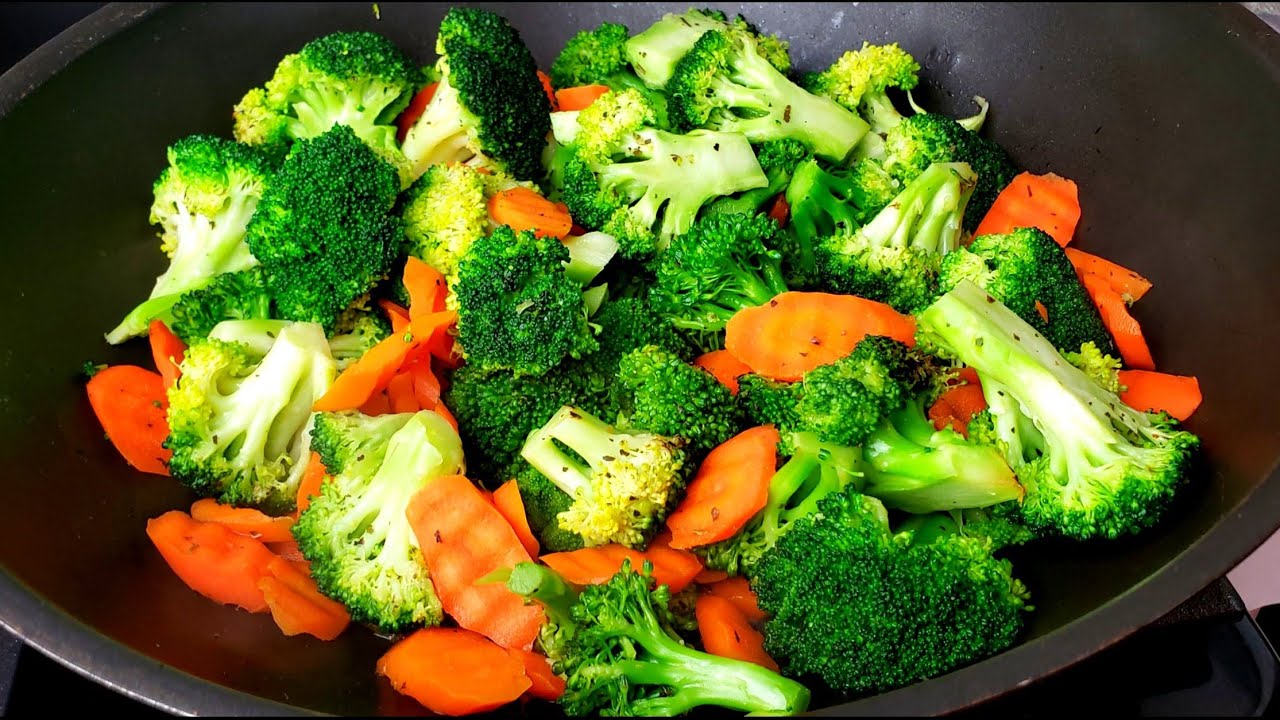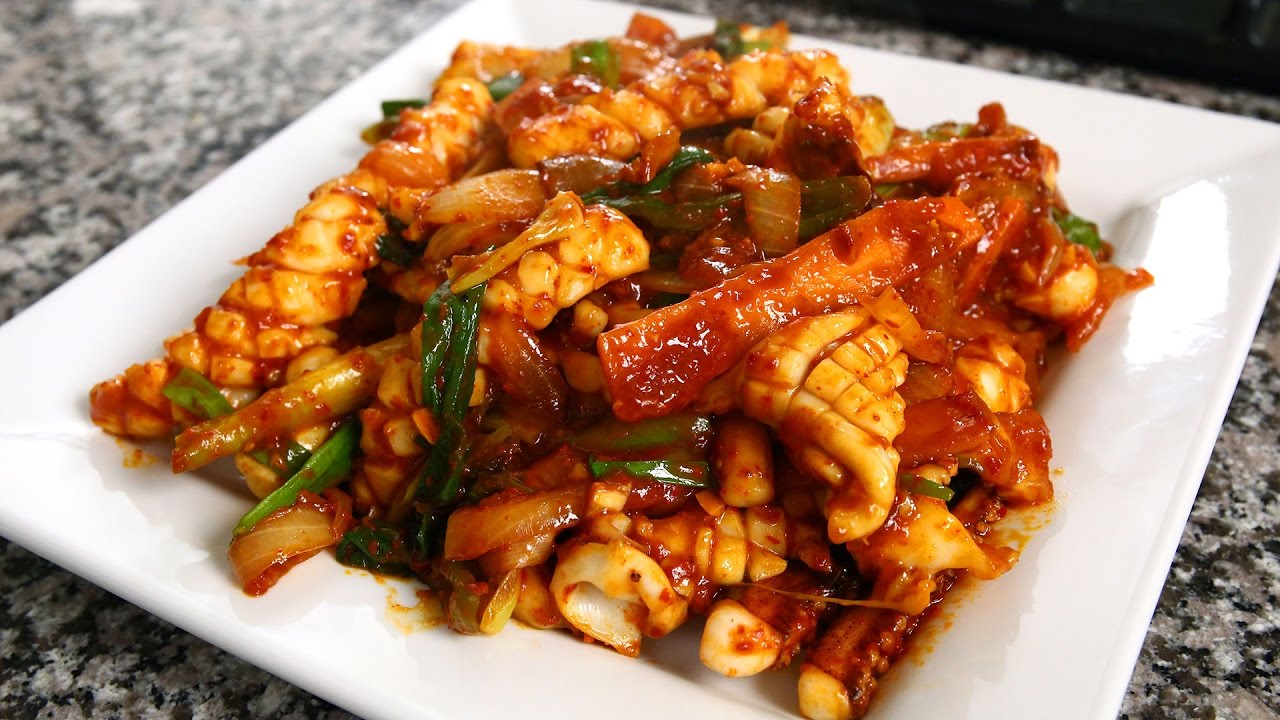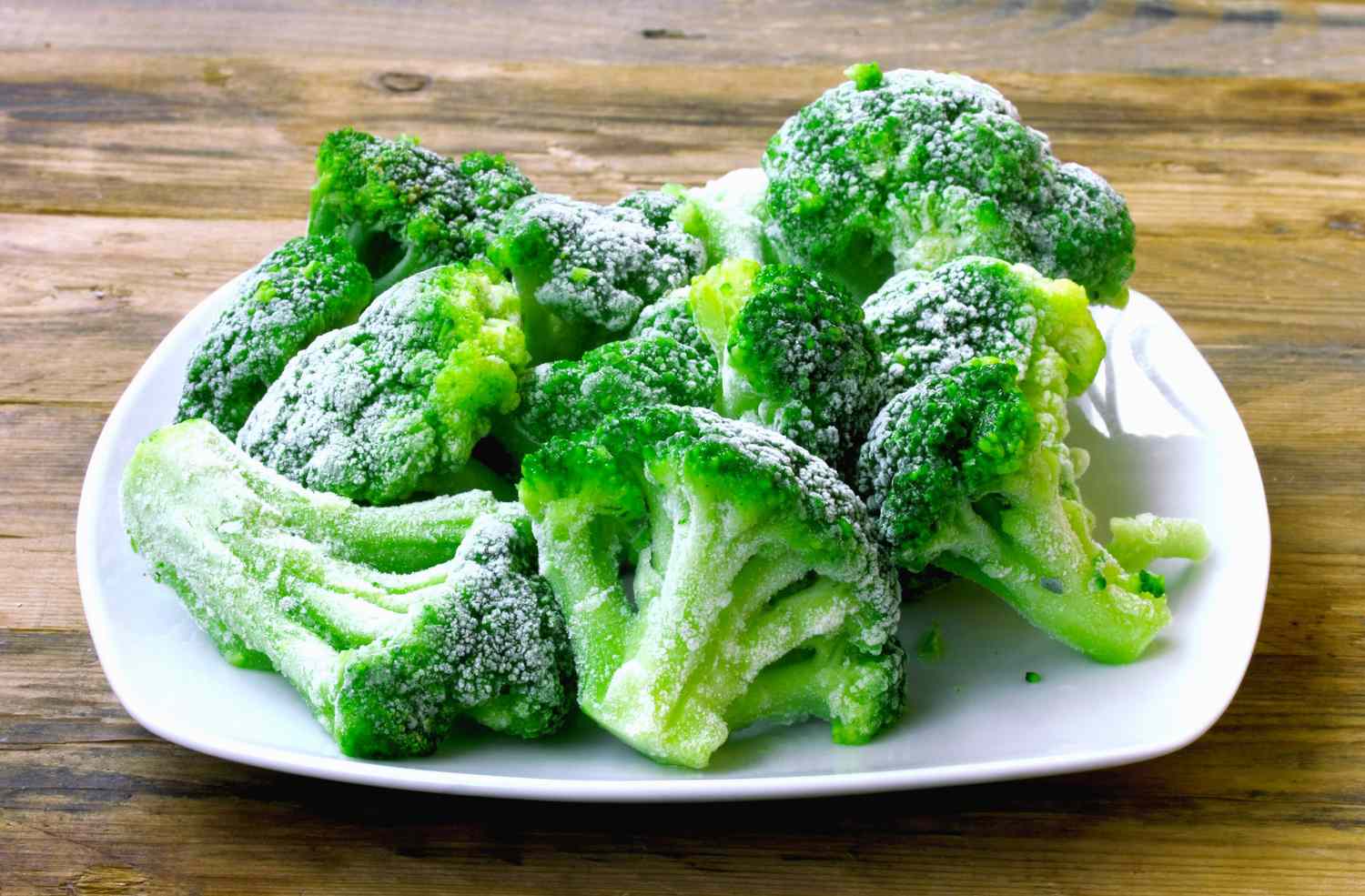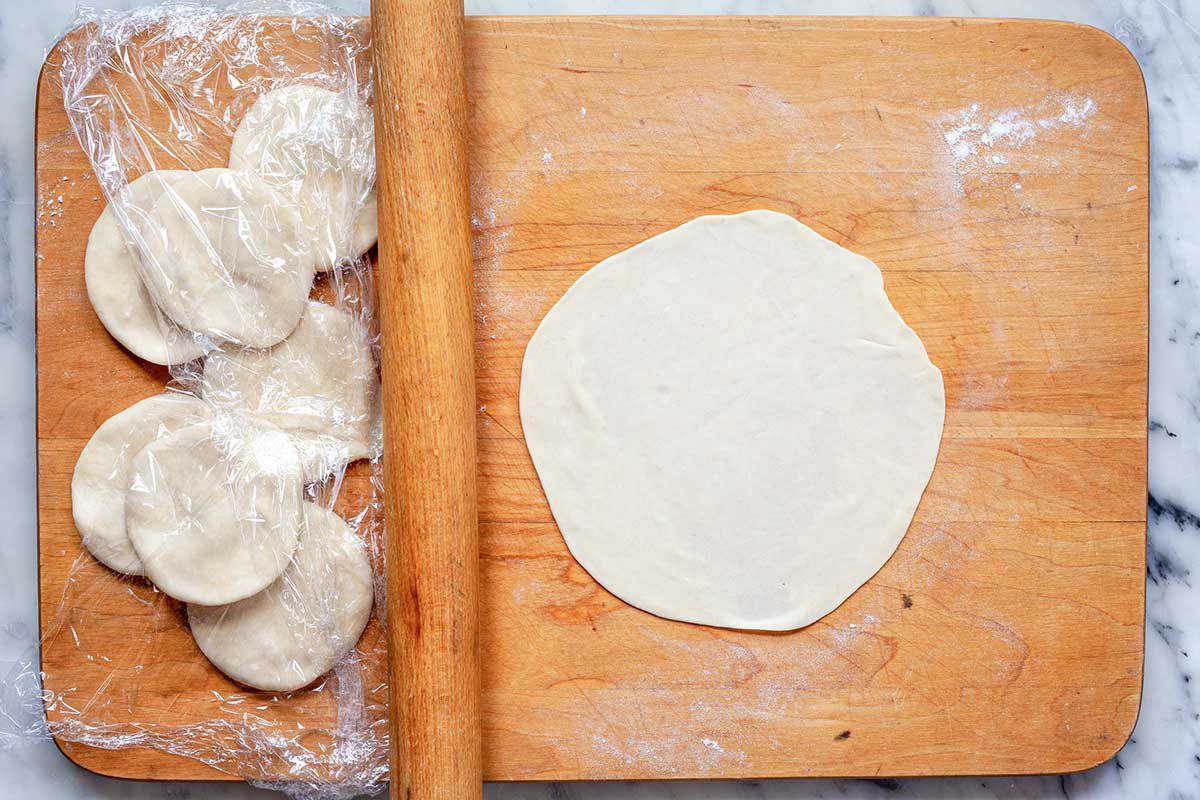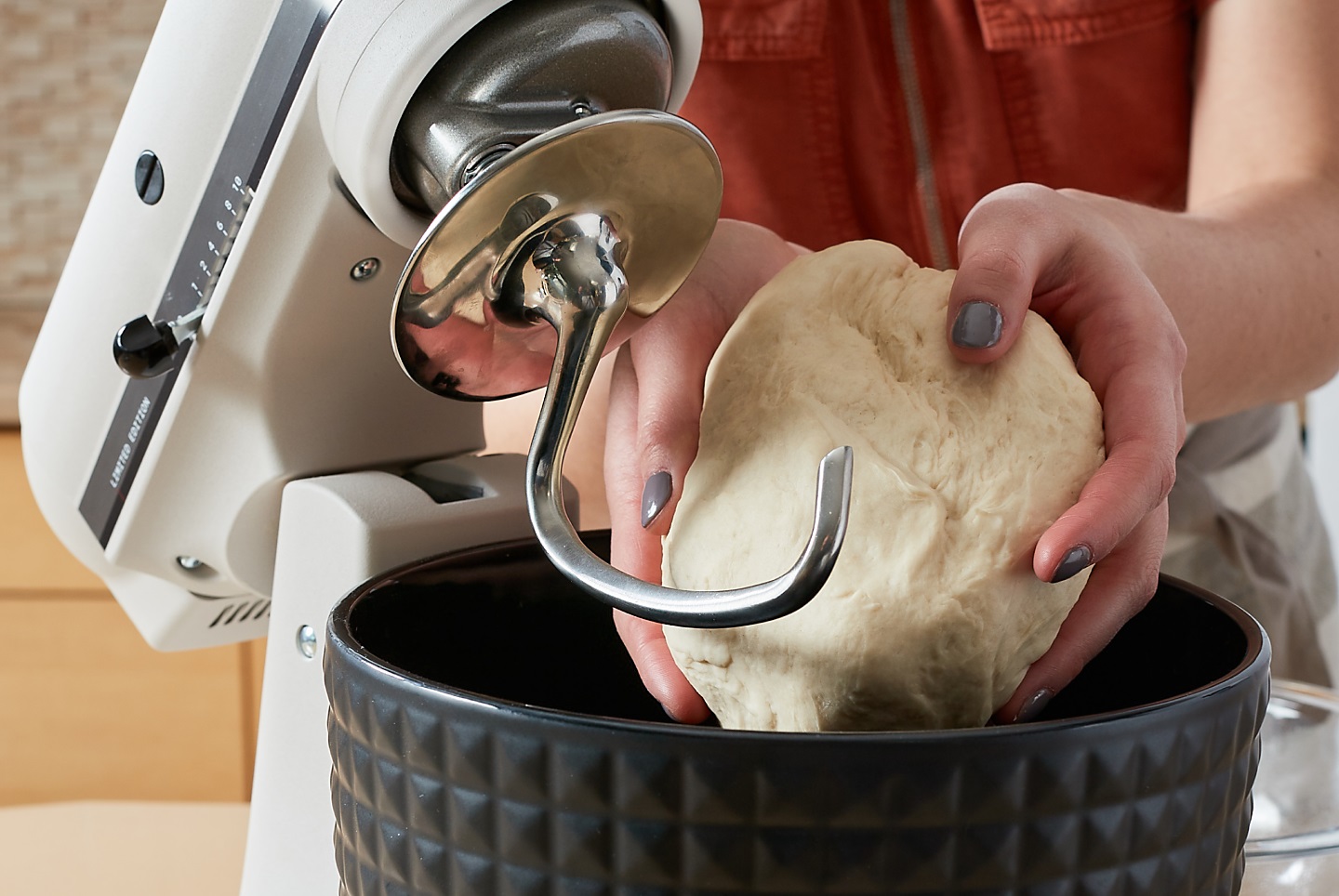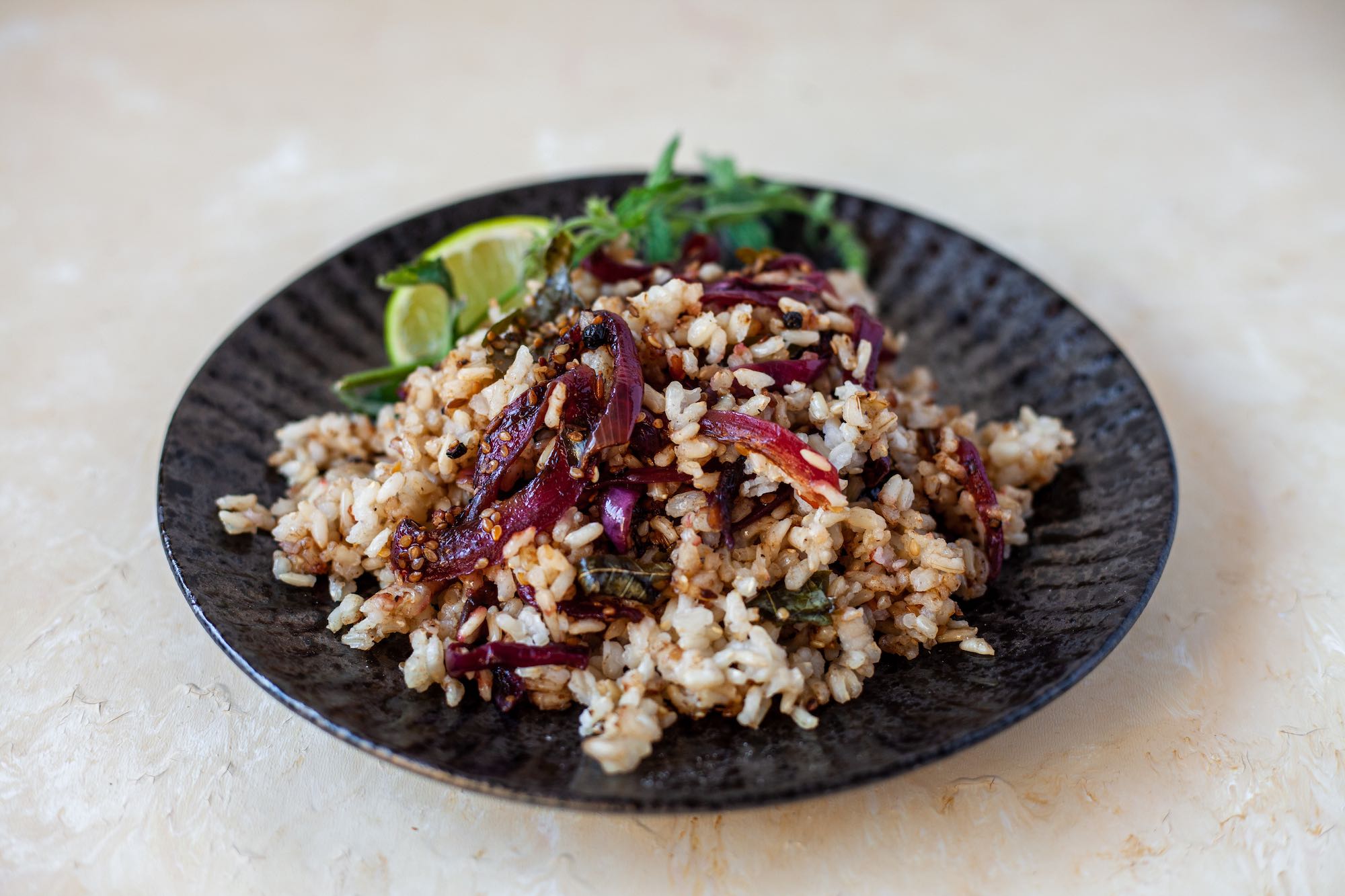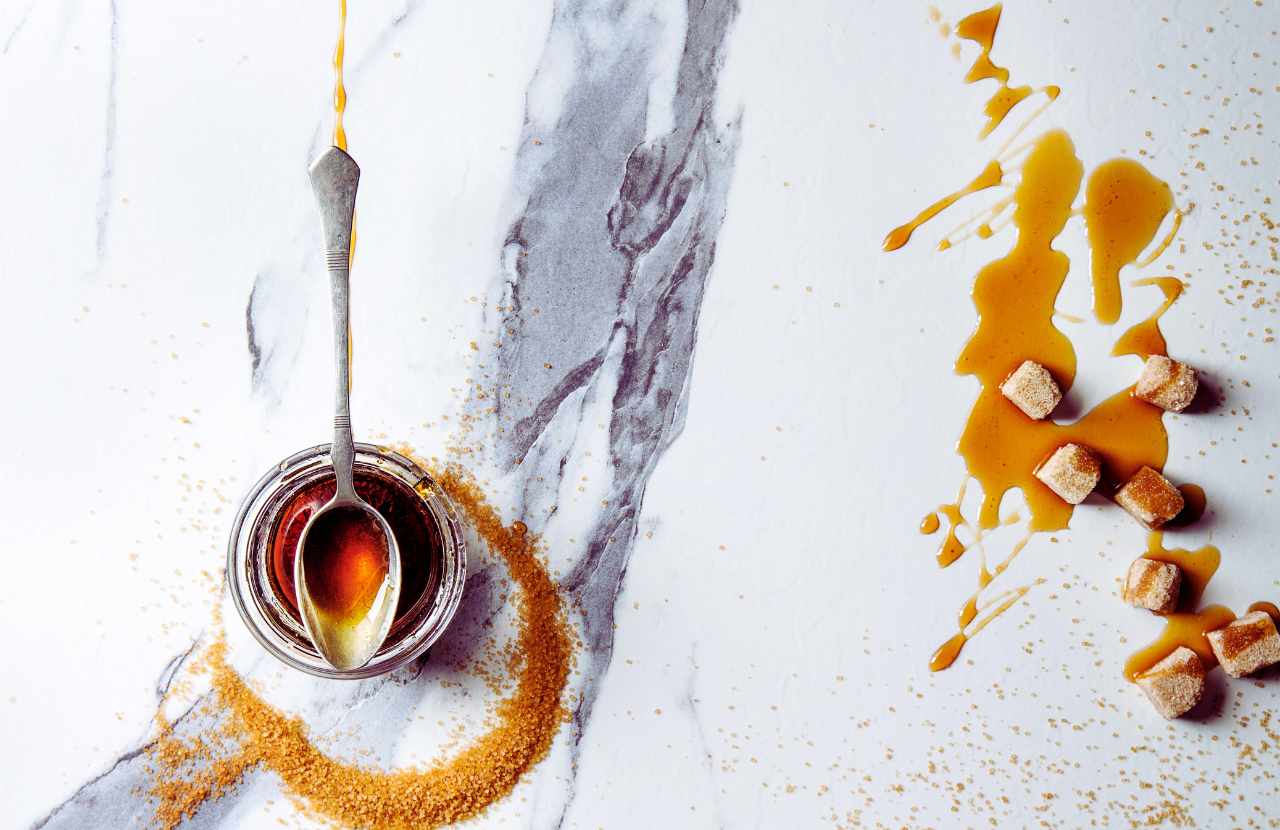Stir frying is a quick, flavorful way to bring vegetables to life, and when you combine carrots, celery, onions, and peppers, you get a vibrant mix that's as colorful as it is nutritious. Perfect for busy weeknights or when you're looking to add a fresh side to your meal, this combination offers a delightful crunch and a burst of flavors. Whether you're a seasoned chef or just starting out in the kitchen, mastering the art of stir frying these vegetables can elevate your cooking game. Let's dive into how you can transform these simple ingredients into a mouthwatering dish.
Essential Ingredients for a Colorful Stir-Fry
- Carrots, 2 medium, thinly sliced
- Celery, 2 stalks, thinly sliced
- Onions, 1 large, sliced into thin wedges
- Bell Peppers, 2 (one red, one yellow), sliced into thin strips
- Garlic, 2 cloves, minced
- Ginger, 1 tablespoon, freshly grated
- Soy Sauce, 3 tablespoons
- Sesame Oil, 2 teaspoons
- Olive Oil, for frying
- Salt, to taste
- Black Pepper, freshly ground, to taste
- Green Onions, for garnish, chopped
- Sesame Seeds, for garnish
Must-Have Kitchen Tools for Crafting the Perfect Stir-Fry
- Chef's Knife
- Cutting Board
- Wok or Large Skillet
- Wooden Spoon or Spatula
- Measuring Cups
- Measuring Spoons
For a vibrant stir-fry, slice carrots, celery, onions, and peppers thinly for even cooking. Sauté over high heat with oil, stirring frequently, until vegetables are tender yet crisp.
The Art of Stir-Frying: Why It’s a Must-Try
Stir frying is a quick, healthy way to cook vegetables, retaining their crunch and nutrients. This method, using high heat and minimal oil, ensures that carrots, celery, onions, and peppers develop a rich flavor and vibrant color, making them a perfect side dish or main course ingredient.
Choosing to stir fry carrots, celery, onions, and peppers together creates a harmonious blend of textures and flavors. Each vegetable contributes its unique taste and health benefits, resulting in a dish that's not only delicious but also packed with vitamins and antioxidants.
Your Ultimate Guide to Stir-Frying Veggies Like a Pro
-
Wash all vegetables thoroughly under cold running water. Pat dry with paper towels to remove excess moisture.
-
Peel carrots, then slice them into thin strips or diagonally for more surface area. This ensures even cooking.
-
Slice celery into similar-sized pieces as carrots to promote uniform cooking. Thin slices work best for quick stir-frying.
-
Chop onions into thin slices. If you prefer milder flavor, larger chunks can be used since they'll cook less and retain more of their raw taste.
-
Cut peppers into thin strips, removing seeds and membranes to reduce heat if using bell peppers. For spicier varieties, adjust according to taste.
-
Heat a large skillet or wok over medium-high heat. Add 2 tablespoons of cooking oil, preferably one with a high smoke point like vegetable or peanut oil.
-
Add onions to the hot oil first. Stir-fry for about 2 minutes or until they start to become translucent. Onions take a bit longer to cook, so starting with them ensures they'll be perfectly done when the rest of the vegetables are ready.
-
Incorporate carrots and celery into the skillet next. These harder vegetables require more time to soften compared to peppers. Stir-fry for 3-4 minutes, constantly stirring to prevent any pieces from burning.
-
Mix in peppers last since they cook the fastest. Adding them at the end preserves their crisp texture and vibrant color. Stir-fry for an additional 2 minutes.
-
Season your vegetable mix with salt, pepper, and any other desired seasonings or sauces. Soy sauce, garlic, ginger, or a splash of sesame oil can add depth and authenticity to your stir-fry.
-
Stir everything together well to ensure the seasonings are evenly distributed. Cook for another minute to allow flavors to meld.
-
Taste and adjust seasonings as necessary. Depending on personal preference, you might want to add more salt, pepper, or spices.
-
Remove from heat once all vegetables are tender yet still crisp. Overcooking will result in mushy vegetables, which is not desirable in a stir-fry.
-
Serve immediately. Stir-fried vegetables are best enjoyed fresh from the skillet, while they're still hot and vibrant.
Mastering the Art of Stir-Fried Vegetables
Mastering stir-fry with carrots, celery, onions, and peppers is a game-changer for any home cook. This simple yet delicious combination can elevate your meals, offering a healthy and colorful side dish or a robust base for main courses. Remember, the key lies in prep work, high heat, and swift cooking. By keeping these veggies crisp and vibrant, you unlock their full potential, both in terms of flavor and nutrition. Experiment with different seasonings and sauces to find your family's favorite mix. Whether you're whipping up a quick dinner or prepping for a larger feast, this stir-fry technique ensures you've got a versatile and crowd-pleasing option up your sleeve. So, grab that wok, and let's make every meal a little more special with the magic of stir-fried veggies.
For those eager to master stir-frying carrots, celery, onions, and peppers, there are several recipes that will put this skill to good use. The Shrimp and Vegetable Stir-Fry offers a delightful combination of seafood and fresh vegetables, perfect for a quick weeknight dinner. Tofu and Mixed Vegetable Stir-Fry is a fantastic option for vegetarians, delivering a nutritious and flavorful meal. If you're craving something with a bit of heat, the Spicy Szechuan Chicken Stir-Fry will not disappoint, providing a spicy kick that pairs wonderfully with the stir-fried veggies. Another excellent choice is the Cashew Chicken Stir-Fry, which blends tender chicken with crunchy cashews and vibrant vegetables for a satisfying dish. For a sweet and tangy twist, try the Pineapple Chicken Stir-Fry, which combines juicy pineapple with savory chicken and vegetables. Each of these recipes utilizes the techniques from the stir-frying guide, ensuring a delicious and balanced meal.
All Your Questions About Stir-Frying Vegetables Answered
How long does it take to stir fry carrots, celery, onions, and peppers?
Cooking up this vibrant veggie mix is a breeze, taking roughly 10-15 minutes from start to finish. Just make sure your pan's hot and ready to go!
What's the best oil for stir-frying these veggies?
You'll want an oil that can handle the heat without smoking out your kitchen. Canola, peanut, or vegetable oils are top picks for their high smoke points and neutral flavors.
Can I add protein to this stir fry?
Absolutely! Chicken, beef, tofu, or shrimp make great additions. Just cook your protein first, set it aside, then toss it back in with the veggies to warm up at the end.
How do I keep the vegetables crisp and not soggy?
Key is not to overcrowd your pan and keep things moving. Stir frequently and cook on high heat. This method seals in flavors and textures, keeping everything nice and crisp.
What seasonings work well with these vegetables?
Simple salt and pepper do wonders, but for an extra kick, try adding garlic, ginger, or a splash of soy sauce. These flavors complement the natural sweetness of the veggies perfectly.
Can I make this stir fry ahead of time?
Sure thing! Prep it ahead, and when you're ready to eat, give it a quick warm-up in the pan. Just be mindful not to overcook the veggies on the reheating round.
Is this stir fry healthy?
You bet! Carrots, celery, onions, and peppers are packed with vitamins, fiber, and antioxidants. Plus, stir-frying uses minimal oil, making it a healthier option compared to other cooking methods.
